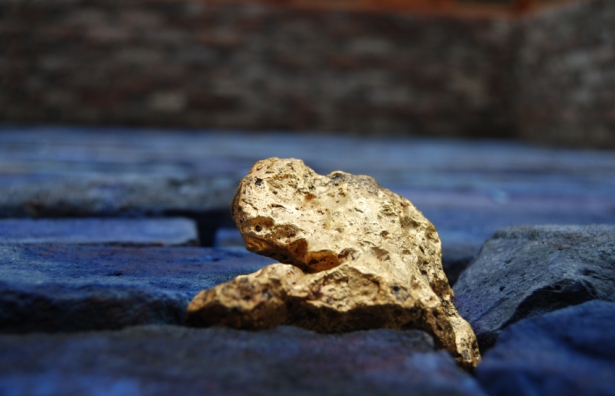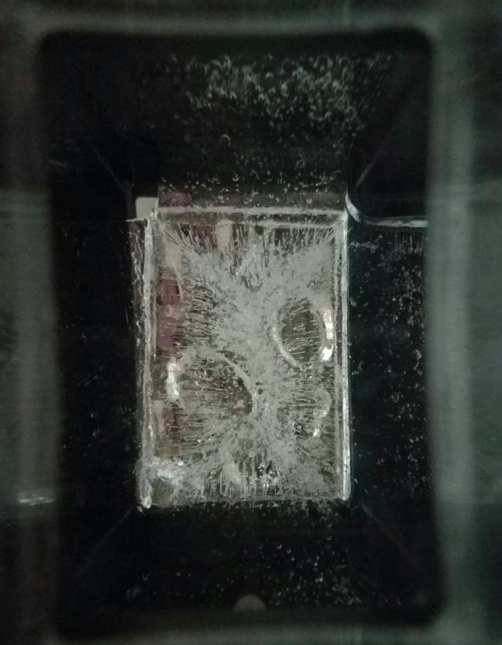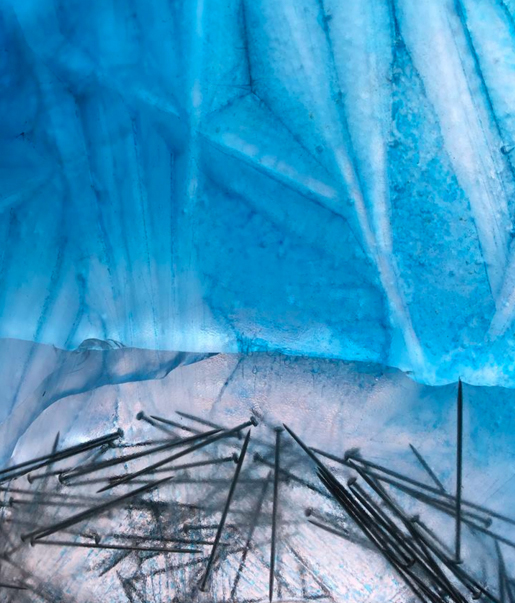This post comes to you from EcoArtScotland
Creative Carbon Scotland’s culture/SHIFT programme has two events specifically focused on key issues for cities – Aberdeen and Glasgow:
- What can be done in post-industrial North Glasgow?
- How to speed up post-fossil fuel Aberdeen (i.e. move postively to the post-industrial)?
Aberdeen Green Tease: Cultural Practices in a Post-Fossil Fuel Aberdeen
with Nuno Sacramento (Director, Peacock Visual Arts) & Dr Leslie Mabon (Sociologist, Robert Gordon University)
Date Monday 20th March, 18:00 – 20:00
Venue: The Lemon Tree, 5 West North Street, Aberdeen, AB24 5AT
How can cultural practices address a post-fossil fuel future? Join Nuno Sacramento and Dr Leslie Mabon during Aberdeen Climate Week for a special conversation addressing the intersections between culture and sustainability in Aberdeen. Nuno and Leslie will discuss with the Green Tease network key questions about Aberdeen’s future social, economic and environmental sustainability, and the role of art and art institutions in creating an independent framework for addressing these concerns. Read more and register here.
Glasgow Green Tease: Whatever the Weather: Being Climate Ready in North Glasgow
Date: Wednesday 29th March, 18:30 – 20:30
Venue: The Grove Community Centre, 182 Saracen St, Glasgow, G22 5EP
What are the challenges and opportunities associated with climate change in North Glasgow? How can cultural practitioners contribute to climate change engagement strategies within the city’s communities and more widely? During this Green Tease we’ll be joined by the Glasgow Centre for Population Health and multi-disciplinary collective ice cream architecture to learn about the ‘Whatever the Weather’ engagement project in North Glasgow, exploring how communities can become more prepared and stronger in the face of climate change. We’re keen to use this opportunity to share experiences and learn from others working in similar engagement and intervention initiatives throughout the city. Read more and register here.
About EcoArtScotland:
ecoartscotland is a resource focused on art and ecology for artists, curators, critics, commissioners as well as scientists and policy makers. It includes ecoartscotland papers, a mix of discussions of works by artists and critical theoretical texts, and serves as a curatorial platform.
It has been established by Chris Fremantle, producer and research associate with On The Edge Research, Gray’s School of Art, The Robert Gordon University. Fremantle is a member of a number of international networks of artists, curators and others focused on art and ecology.

















